

Unraveling Language Processing with eye-tracking
eye-tracking
welcome to our
Bilingualism & Language
processing lab
What is eye-tracking?
It records eye movements (e.g., fixations and saccades) to explore cognitive processing.

HOW DOES EYE-TRACKING WORK?
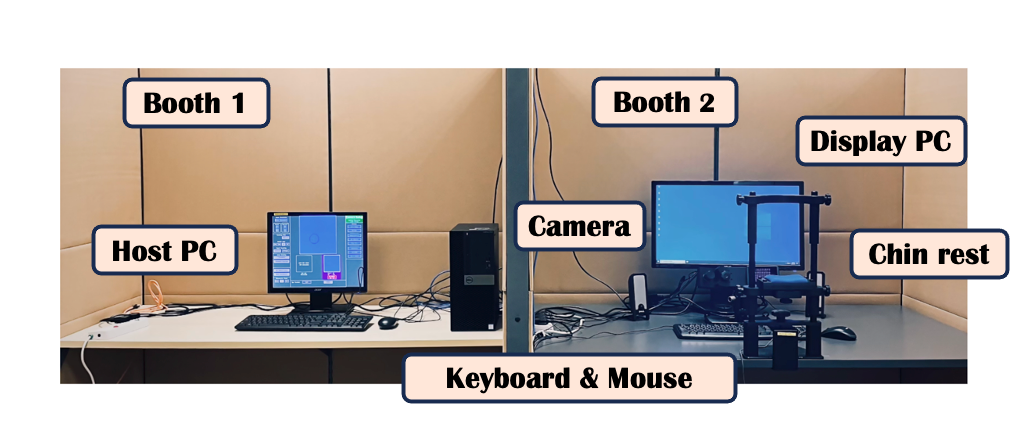

eye-tracking: a window into the mind

(Fernald et al., 2008)
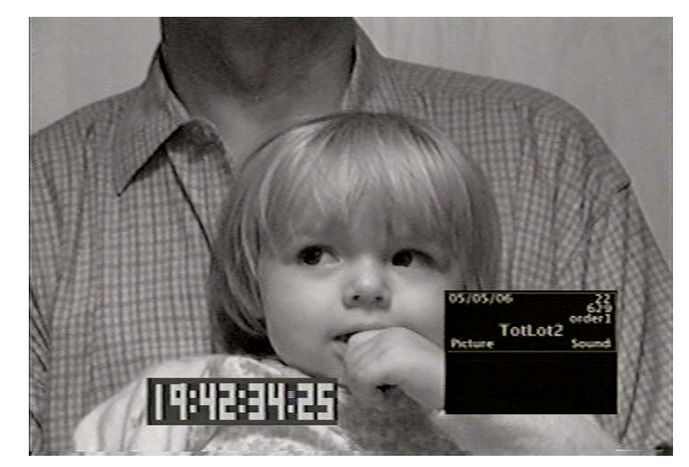



Measuring Infants’ Vocabulary
NOT know the word “baby”
>> Random looking to the two pics
Know the word “baby”
>>Preferential looking to the baby pic
eye-tracking: a window into the mind

( Ito et al., 2018)
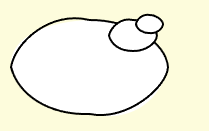
rain?
sun went behind?
... cloud ...



Measuring Semantic Prediction
Predict the upcoming “cloud”
>> Preferential looking to the cloud pic
NOT predict the upcoming “cloud”
>> Random looking to the four pics
Eye-tracker Setting-UP


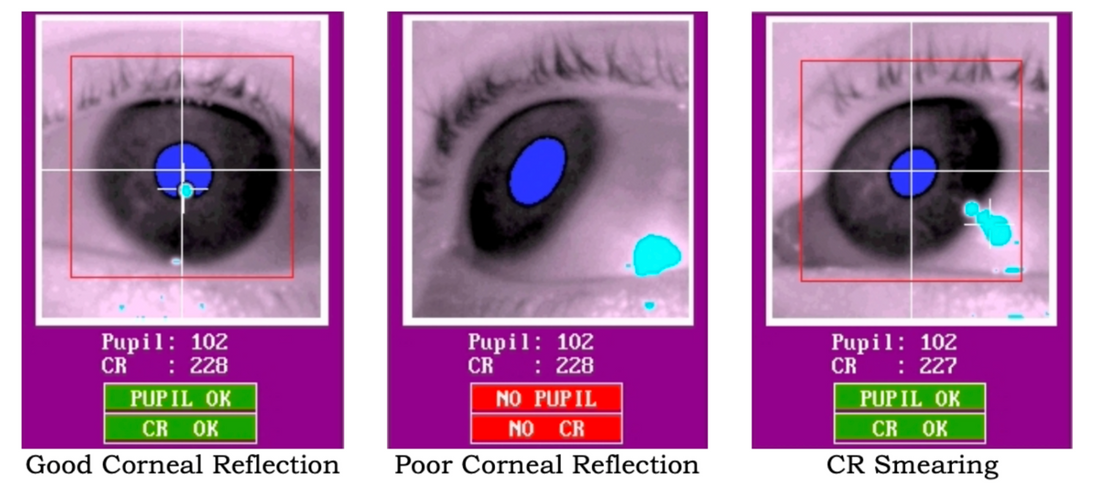

Threshold Too
Low: Noisy

Threshold Too
High: Shadows

CR Smearing

Poor CR
Camera Set-up
Examples of Pupil and CR
Images from SR Research
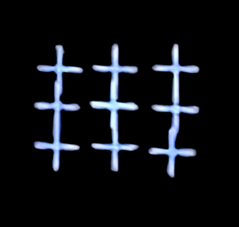
Good Calibration
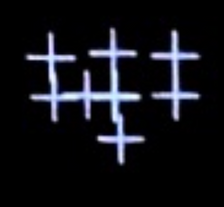
A Heart doesn't shape a good calibration but A square does!
Poor Calibration
What can eye-trackers tell us?
Eye movements are a combination of fixations and saccades!

Saccades can reveal information about the decision-making process, while fixation duration may indicate mental effort.
Eye movements provide rich data!

Eye movement measures in the AOI
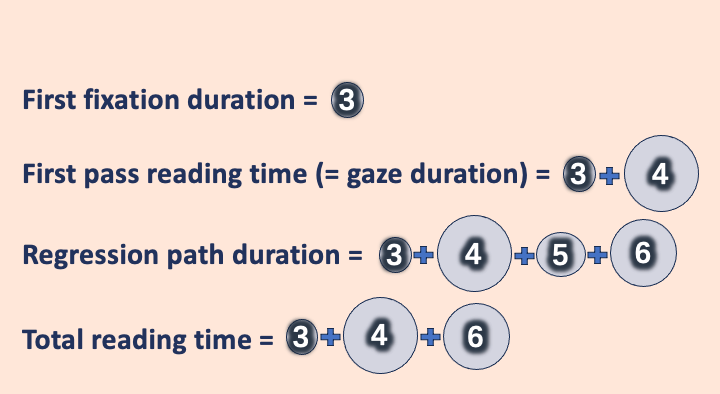

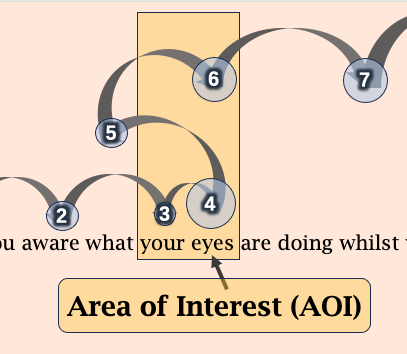
Scan Path


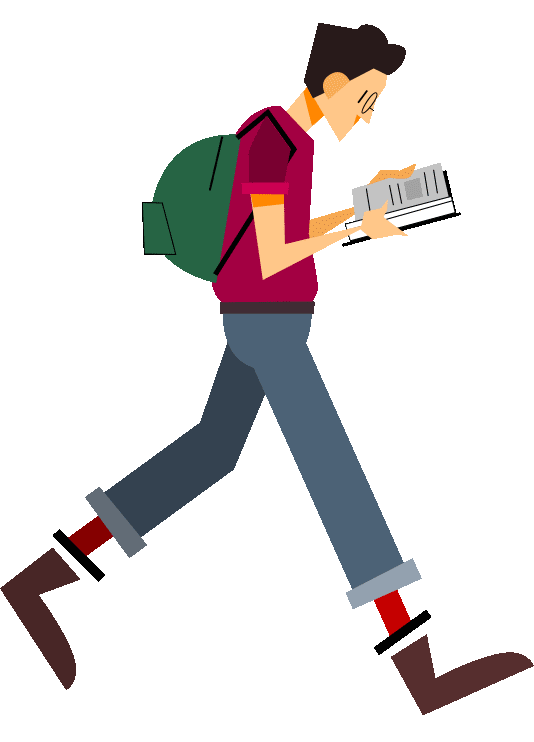
Heat Map


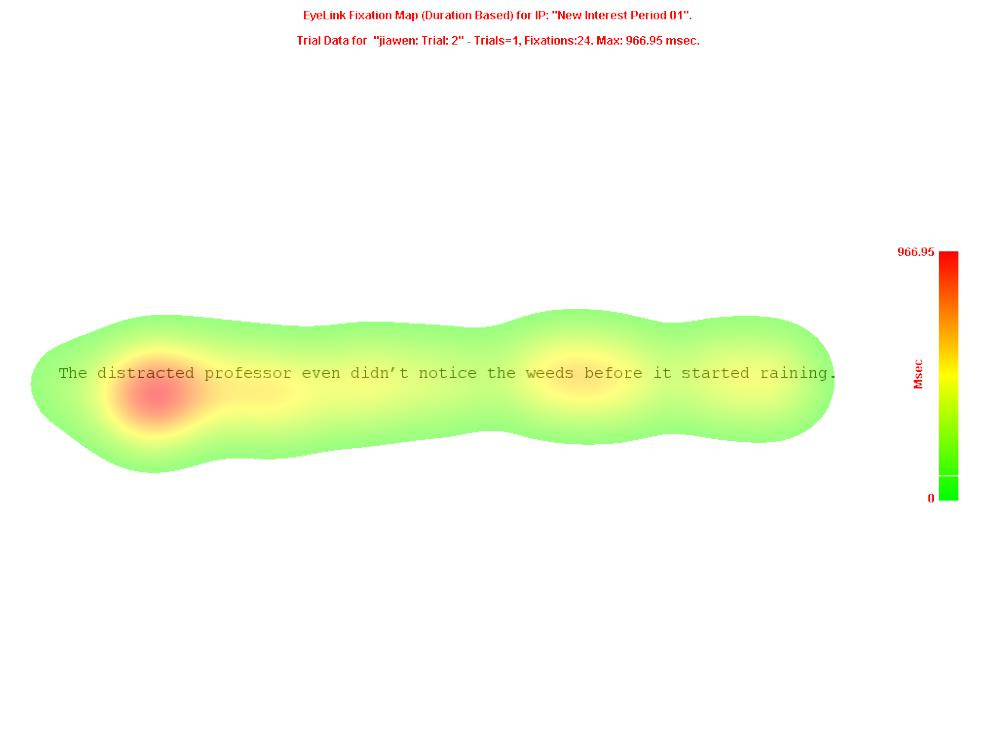
Scan the qr code for our lab
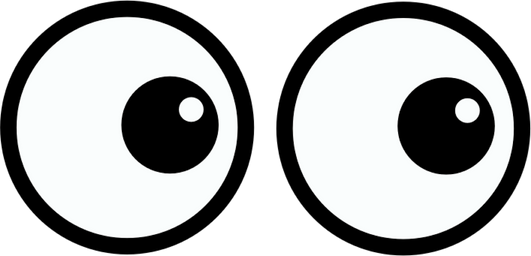

Bilingualism and Language Processing Lab
at AS5-02-04
Created by Danning Sun & Daiwen Gong
Powered by Canva.com